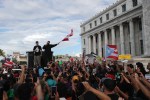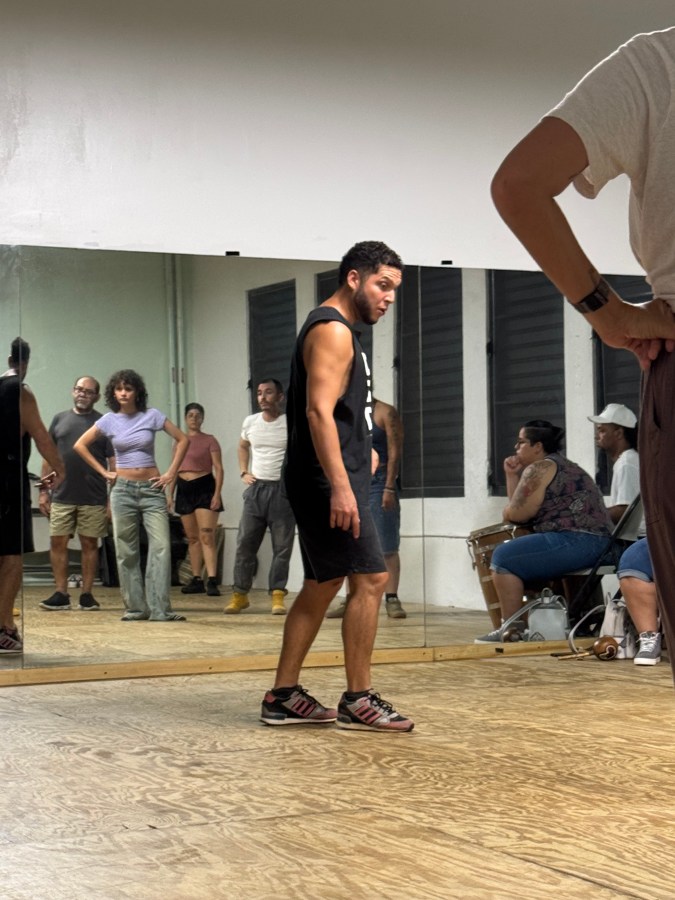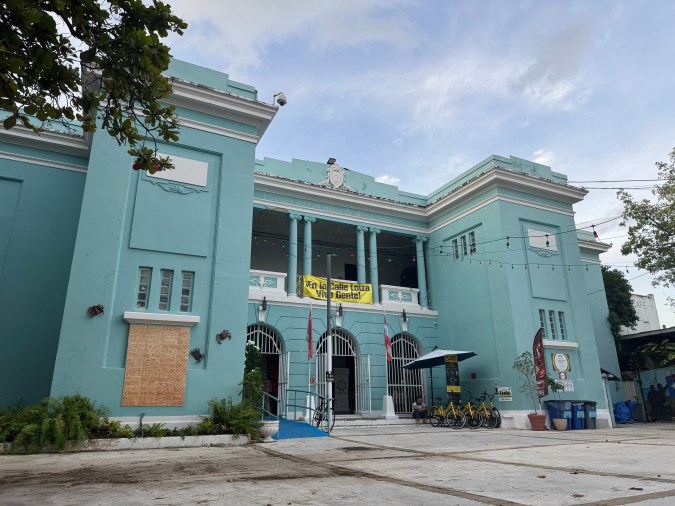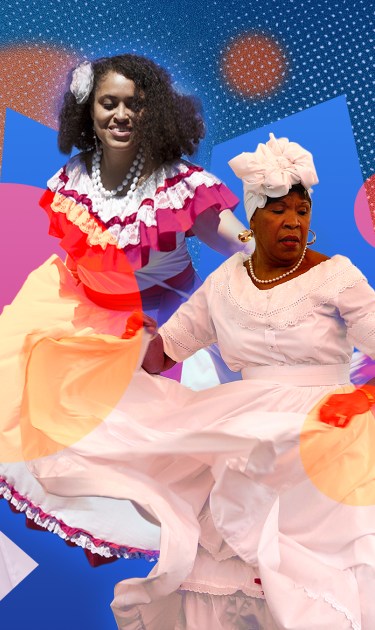The heartbeat of Puerto Rico has always been in its music.
Today, that heartbeat is pulsing louder as bomba and plena experience a powerful rebirth among the island’s youth. Once relegated to folklore festivals or treated as cultural relics, these Afro-Puerto Rican traditions are now thriving in community centers, classrooms, and street corners where young people are reclaiming them as tools for identity, resistance, and joy.
Bomba, Puerto Rico’s oldest musical genre, was born on the sugar plantations of the 17th century, created by enslaved Africans as a way to resist and communicate through rhythm and dance. It is defined by the conversation between the drummer and the dancer, a call-and-response that has always symbolized freedom in the face of oppression.
Plena, often called “the newspaper of the people,” emerged in Ponce in the early 20th century as a storytelling genre where handheld panderos carried news, protest, and everyday life from barrio to barrio. Together, bomba and plena became lifelines for Puerto Rican identity, carrying the voices of the marginalized into public memory.

Now, a new generation is breathing fresh life into these centuries-old traditions.
Bomba Salitre: Learning by the Coast
In Loíza, Bomba Salitre connects students directly to one of the ancestral homes of the genre. Here, bomba is more than choreography and drumming. It is spiritual grounding. Classes are rooted in Loíza’s history, where bomba has long been a form of community celebration and resistance. The ocean breeze mixes with the sound of barriles as dancers learn to move in dialogue with the drum, honoring traditions passed down through generations.
Workshops of Bomba with Lío Villahermosa
In San Juan, visual artist and educator Lío Villahermosa has been teaching bomba for over 25 years. His path into the batey was deeply personal.

“My father was a bomba dancer and part of the Cepeda family, but he died very young and never got to teach me to dance,” he recalls. “At 17, I went to the Cepeda family to get to know bomba, perhaps to heal the loss of my father. Since that day I have not stopped dancing.”
For Villahermosa, teaching bomba is not just about steps or technique, but about identity and liberation. “The most important part of the introduction is to recognize ourselves as human beings, and then as Puerto Ricans, Caribbeans, Antilleans. A history both long and harsh has brought us here. Through bomba we honor our African heritage. The batey has been, for centuries, a space of resistance and mutual support.”

Caption: Bomba instructor Lío Villahermosa guides students through the dialogue between drum and dancer during a workshop in San Juan.
He emphasizes creating an inclusive batey that respects and celebrates diversity. One of the biggest challenges, he says, is helping students overcome the fear of moving in public. “Bomba has never stopped being a space of resistance. It is a place to free ourselves from any kind of slavery or oppression, whether social, emotional, or related to identity.”

Caption: Taller Comunidad La Goyco in Santurce, a community space where bomba workshops bring together students of all ages to keep the tradition alive.
For Villahermosa, perfection is not the goal. “I don’t expect every student to come out dancing bomba perfectly. Some may have the talent, some may not. But we all have a heart, a body, things to tell, to say, to heal. Anyone who wishes to dance bomba will find their path in it. And those who come open to the experience, without expectations, leave respecting bomba more, knowing its history, appreciating its value, which is multiple and incalculable.”
El Boricua in Río Piedras
The legendary cultural hub El Boricua has become one of Río Piedras’ strongest meeting points for music, particularly through its regular bomba and plena nights. Locals and students gather in the plaza outside as barriles echo late into the evening. Here, bomba and plena breathe freely, not confined to formal stages, but spilling into the streets where they have always belonged.
El Hangar: Culture Under Threat
In Santurce, El Hangar has become one of the most emblematic community spaces for bomba, plena, and grassroots organizing. For nearly a decade, it has been a hub for workshops, performances, and mutual aid, embodying bomba’s spirit of resilience.
Carla Torres Trujillo, General Coordinator, Founder, and resident of El Hangar, is quick to clarify that while bomba and plena are often mentioned together, they are distinct practices. “It is important to highlight the reclamation of bomba and plena as independent musical genres,” she explains. “Although we have hosted plena workshops and rehearsals, our relationship with bomba has been deeper. We see our role as a contribution to the work that has long been carried out across the archipelago, opening a space that proposes a broader vision — one of a contemporary bomba that is also cuir, decolonial, and anti-patriarchal.”
For Torres Trujillo, bomba is not fashion but a spiritual relationship. “Bomba is itself a space of resistance, a healing practice that reclaims our African ancestry, our Blackness, and our rebelliousness as a people. We foster an inclusive, but above all respectful, practice that honors the drum and the community it weaves together.”
That mission is now colliding with the realities of displacement.
El Hangar is in the midst of an eviction battle tied to gentrification pressures that have increasingly reshaped Santurce. “Maintaining and sustaining a cultural space in Santurce is our most tangible way of fighting displacement,” Torres Trujillo emphasizes. “It is resisting colonial pressures and insisting on remaining in our land. Puerto Rico must remain home for Puerto Ricans and for our displaced siblings from the Caribbean who also work this land.”
She wants the broader community (on and off the island) to see what is at stake. “We want people to understand how important our space is, and how crucial it is for our communities to keep it. El Hangar is a self-managed, transfeminist project that promotes culture, education, and joy as political tools of anticolonial resistance.”
As their campaign “Con la Boca es un Mamey” makes clear, solidarity is key to survival. “At this moment, when they want to take us out of our space, we need communities inside and outside of Puerto Rico to support us. Spread the word about our campaign, endorse it, and, if possible, contribute financially so we can finally purchase the land. Everything adds up, and every form of support is welcome.”
Why It Matters
Bomba and plena are not museum pieces, lost to history as many traditions have been. They are living, breathing traditions that demand participation. Each class, each workshop, and each night of drumming in Puerto Rico is part of a larger resistance against cultural erasure. These spaces prove that Puerto Rico’s cultural survival depends on more than heritage months and festivals. It relies on protecting the communities and teachers who carry the rhythm forward.
As the drums echo from Loíza to Río Piedras to Santurce, one thing is clear: bomba and plena are not going anywhere. The music will continue to play as long as there are spaces to gather, learn, and dance.




